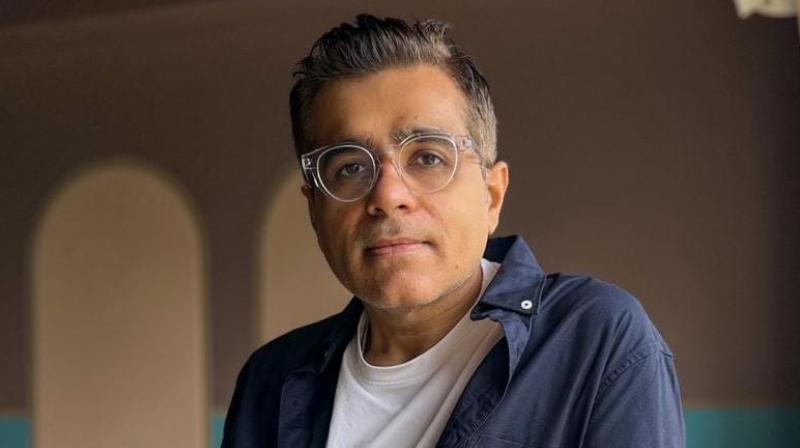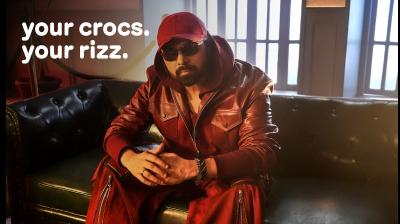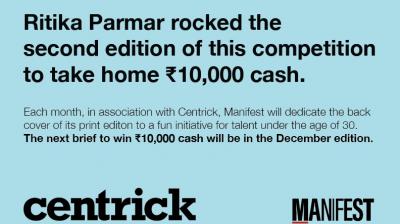There's a coffee shop I return to in Mumbai, not because their cold brew is exceptional (though it is), but because of something harder to articulate. Maybe it's the way light filters through their windows, or how the colours of the wall make you feel, substantial yet welcoming. Similarly, a well-plated dish tastes better. We know this instinctively, even if we can't explain why. If you look closely at spaces and objects, they don't just sit there. They whisper, seduce, and sell.
I wear a particular t-shirt brand. Their packaging is minimal, almost austere, yet it communicates everything about being comfortable while doing your best work. They include a beautifully designed pencil with each order. A small, deliberate detail. I find myself reaching for that pencil when scribbling thoughts, including the early notes for this piece. It's just a pencil. But it's also a story about craft, about care, about someone understanding what matters to me before I articulated it myself.
This is design's quiet superpower. It pulls you into a story that over time becomes part of you. Something that you care about, and hence you remember. It's probably the most powerful branding tool that one could wield.
We're living through the great attention recession. Our screens offer infinite content, infinite choice, infinite noise. In this landscape, one is compelled to shout out, flood the feeds and algorithms with copious content. The instinct when facing this challenge is to create more.
Thousands of AI-generated creative assets flood feeds daily, each clamouring for milliseconds of attention. But volume isn't the answer. Design as brand language (consistent, intentional, emotionally intelligent) cuts through where quantity cannot. You remember images better than text. Words matter, but visuals land quicker and stay with you.
The brands that endure aren't necessarily the loudest. They're the ones whose visual language becomes inseparable from the experience they promise. Think of how certain colours trigger instant brand recognition, or how a particular typographic style signals premium quality before you read a single word.
Recently, we worked on a design project for a resort called Everest Base Camp in Mussoorie. Not the mountain, but the site where Sir George Everest mapped India using triangulation. Guests expected adventure stories. We needed to tell them about surveyors and geometry.
Instead of signs, we created 'Mapped & Served' tableware. Each piece carried triangulation patterns and colours from that era. Fine linework mirrored triangulation patterns from early cartography. Colour palettes drew from Deodar forests and the muted hues of the survey era. Every meal became a history lesson without words. We carried the stories to other spaces in the resort, with every room focused on the tools he used.
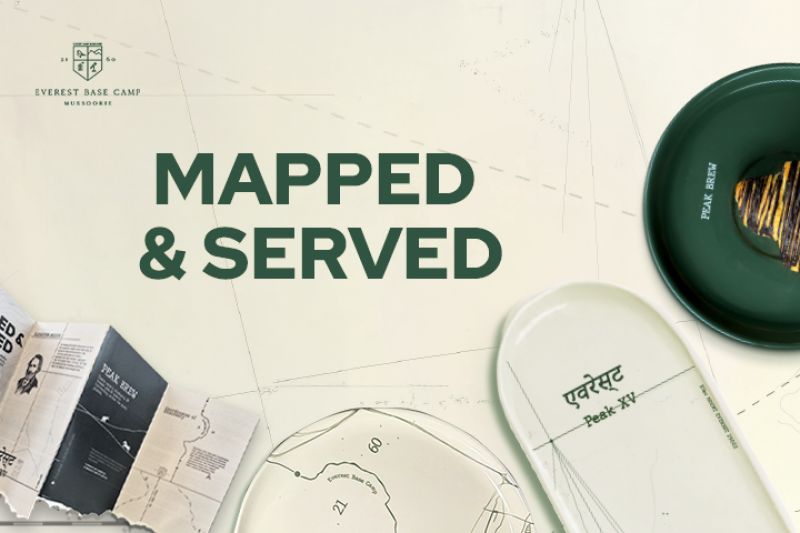
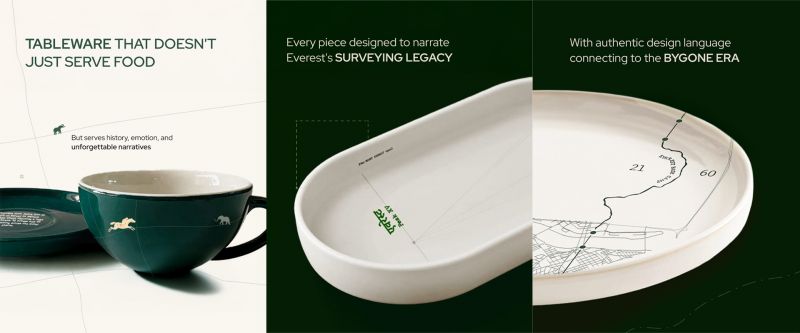
Guests talked, remembered, and connected. Design here didn't just serve dinner. It served stories. Adding to the delight, the work even got recognised with a baby Elephant at Kyoorius Design Awards ’25, for Communication Design.
Design's most remarkable quality might be its ability to speak across languages while honouring local truth. This is where cultural intelligence separates memorable design from forgettable decoration.
AI can personalise at scale and spot patterns humans miss. Feed it data and it optimises endlessly.
But here's what it can't do: craft nuance or evoke nostalgia. Understand that including a pencil with a t-shirt isn't about the pencil. It's about nudging and sharing that we will achieve your goals together. About treating customers like humans, not metrics.
Technology amplifies human insight. It doesn't replace it. Let AI handle the heavy lifting (processing data, testing variations, spotting trends). But keep the meaning-making for yourself.
A machine can analyse that morning light in my coffee shop. It can measure lux levels and optimise seating. But it can't understand why that light matters to me, or how to design around something you can feel but not quantify.
That's the work only humans can do.
Consumers won't always remember taglines. They forget price points and feature lists. But they remember how brands made them feel, and that feeling is almost always designed. The weight of packaging. The satisfaction of an interface that anticipates their needs. The visual consistency that signals, "you're in the right place."
The future belongs to brands that understand design isn't decoration applied after strategy is set. Design is a strategy made visible. It's the primary language through which brands communicate who they are, what they value, and why they matter.
As our tools become more powerful (AR, VR, AI-generated content, voice interfaces), the fundamental human need for meaning, connection, and story remains. Technology changes how we tell stories, but it doesn't change why stories matter.
The author is founder and CEO, Tonic Worldwide.

